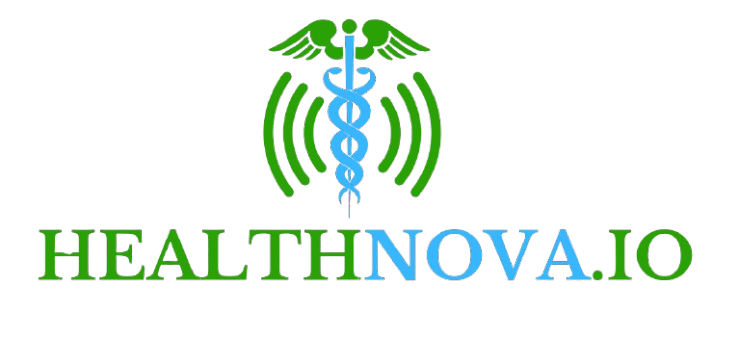The increasing use of GLP-1 receptor agonists may impact the interpretation of oncologic FDG PET-CT scans, finds a new study presented today at the 38th Annual Meeting of the European Association for Nuclear Medicine (EANM’25).
GLP-1 receptor agonists are currently widely prescribed for individuals with type 2 diabetes and weight loss, with a reported 700% increase in use in the United States between 2019 and 2023. These drugs may alter glucose metabolism, gastric motility, and sympathetic innervation, resulting in unique uptake patterns on PET-CT. Previous case reports have shown increased FDG uptake in skeletal muscle, myocardium, and brown adipose tissue, findings that may be mistaken for malignancy or inflammatory disease.
Researchers at Alliance Medical Ltd. performed a retrospective case series review of oncologic FDG PET-CT scans in patients taking GLP-1 agonists. They observed several atypical tracer uptake patterns that could be misinterpreted as pathology if the patient’s medication history was not taken into account.
We discovered abnormal uptake of GLP-1 agonists in one of our patients, which prompted an extensive review across our network. “We are finding that these altered patterns are becoming increasingly common, but there is currently no national or international guidance in the UK that addresses this new issue.”
Dr. Peter Strouhal, lead author and medical director, Alliance Medical Ltd.
Misinterpretation of these uptake patterns can lead to unnecessary investigations, inappropriate cancer staging, and treatment delays, which can cause stress and uncertainty for patients. “Recognizing the characteristic uptake associated with GLP-1 agonists can help avoid unnecessary anxiety and intervention and ensure patients receive the right treatment at the right time without diversion or suspicion,” added Dr. Strouhal.
Currently, researchers do not recommend changing patient preparation or discontinuing GLP-1 agonists before FDG PET-CT scanning. Instead, they recommend that while formal guidelines are developed, imaging teams carefully document the patient’s medication history to inform their interpretation. Current UK guidelines do not address this issue, but Australian guidelines suggest continuing treatment, fasting from midnight, scheduling morning scans and ensuring adequate glycemic control.
The study group plans to expand data collection across additional imaging centers to provide a stronger evidence base for future national guidelines. They also aim to build international collaborations so that patients around the world can benefit from consistent and reliable PET-CT interpretation.









































